Interested in high-quality, archival fine art paper? Read our Hahnemühle paper review!
posted Saturday, January 23, 2016 at 7:50 AM EST
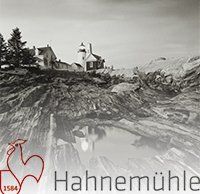
German paper-maker Hahnemühle has been making paper since 1584. Yes, you read that date correctly, Germany's oldest paper maker has been making paper since the late 16th century. I was sent various sample packs of paper to test by Hahnemühle, eventually settling on six paper products to test using 11 x 17" sheets. I have been able to test the following fine art Hahnemühle papers: William Turner, Museum Etching, Photo Rag Satin, Photo Rag Ultra Smooth, FineArt Pearl, and FineArt Baryta Satin.
Each type of Hahnemühle paper I printed on provided excellent results and a very high-quality look and feel. Further, each paper that I tested is acid-free and meets the highest archival standards. This is serious paper with strict quality control standards, so you can expect any Hahnemühle paper you use to be high quality. After all, companies don't stay in business for over 400 years without producing a good product. Nonetheless, I am going to discuss each of the six papers I printed on in 11 x 17" size, just be aware that Hahnemühle makes many more kinds of paper and I'm confident that all of their papers will live up to their name.
First up is the William Turner paper. This paper is available in both 190 gsm and 310 gsm weights, although I tested the 310 gsm variant. This is a white, 100% cotton paper that has a matte, textured finish. This "mould-made watercolor paper" has a very distinct, strong texture that gives images a nice depth. The paper is 0.62mm thick, has an 88.5% whiteness rating, and it contains no optical brightener additive (OBA) content. It also has a "very high" water resistance, although this isn't something that I look for in a paper. It dries instantly too, which makes handling fresh prints less stressful.
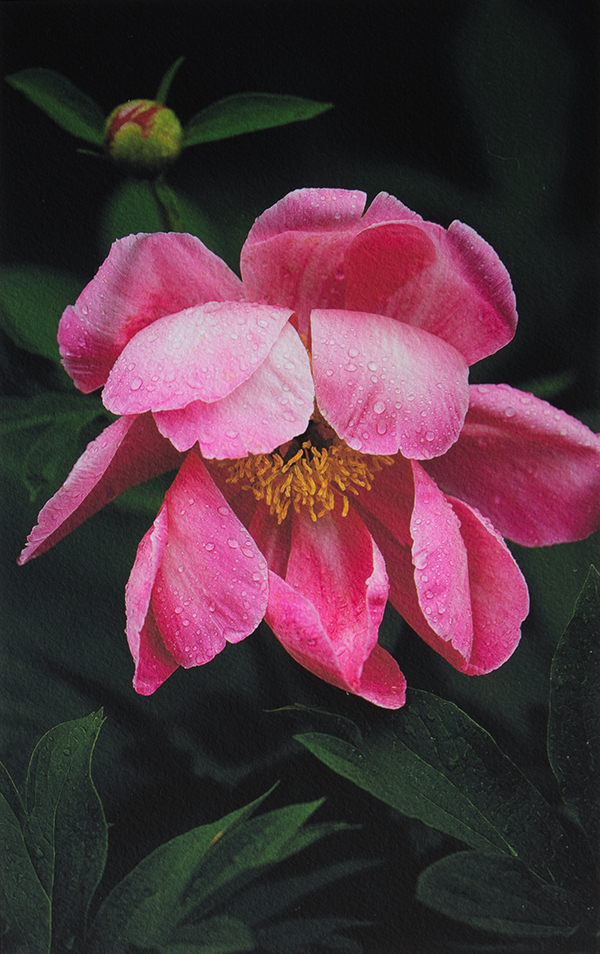

The paper itself feels great, it is thick and the textured matte surface helps to make the paper feel substantial. Its stiffness also makes loading it into the Epson P800 I used particularly easy. Print quality itself is very good with this paper. Black and white prints are neutral and the blacks are very black. Color prints are very vibrant with no bleeding whatsoever. This paper takes ink very well. Not only are the colors and tones excellent, but detail is great too. In addition to printing fine details well, the William Turner paper's texture also adds an additional appearance of detail and depth. This texture is a double-edged sword, however, because it shows up quite heavily on lighter areas of a print, which may not be desired. Nonetheless, when you're looking for a heavily-textured matte paper, I think that you're going to be hard-pressed to find a better one than this.
Another 100% cotton textured matte paper, Museum Etching is slightly heavier than William Turner at 350 gsm, but the biggest differences are that it is a natural white paper and despite being 'textured,' its surface is much smoother looking because the texture is less densely distributed on the paper. Despite being labelled a "natural" white, it is not much warmer than the William Turner paper at all and I wouldn't put it in the same warmth category as other "natural" papers that I have used. At 0.60mm thick with an 87% whiteness rating, this acid free paper is also free of OBA content, very water resistant, and instant-drying. Both William Turner and Museum Etching papers are both quite resistant to scuffing as well, which can be an issue for some matte papers, particularly in dark areas of a print.

You can take many of the things I said about the William Turner paper and apply it directly to Museum Etching paper. Blacks are deep, colors are rich, and details are finely-reproduced. Honestly, for me, choosing between these two papers would simply come down to the image in question. For a finely-detailed image that is rich in texture, I'd opt for William Turner. For softer images when I don't desire a strong textured finish, Museum Etching is the direction I'd go. Unlike the William Turner paper, Museum Etching's texture doesn't show up strongly in white and light areas of a print, so it is not as susceptible to bringing added attention to a distracting element. You can't go wrong with either paper, they both perform admirably for both monochrome and color prints.
On now to a "glossy" (despite being listed as a "glossy" paper, it is still best paired with matte black ink on the Epson P800 I was using) fine art paper, the 100% cotton, white, satin-finish Photo Rag Satin paper. This 310 gsm weight paper is versatile and one could feel comfortable using it for almost any purpose, from color photos to black and white photos to limited edition prints. Some additional stats on the paper: it's 0.50 mm thick, 92% white, and has moderate OBA content.

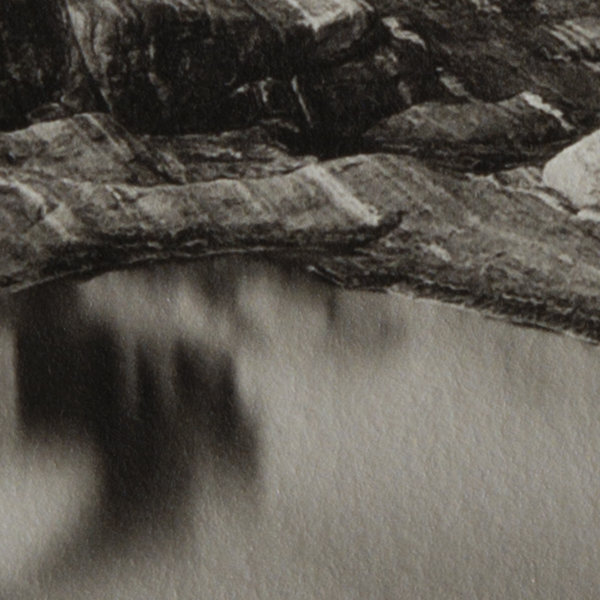
The Photo Rag Satin paper has a subtle texture (I'd place its texture somewhere between William Turner and Museum Etching) that does show up in light areas of a print. I really like the look and feel of this paper and its print quality is mostly very good. Blacks are very deep, image details are well-rendered, and colors are very vibrant. When looking at a Photo Rag Satin print straight on, it looks great. I'm not enamored with how it looks off-angle, however. While the paper is quite neutral when viewing it directly, it takes on a slightly magenta color cast, particularly in dark areas of the print, when you view it from the side. This might not matter for some applications, but when I am printing an image for hanging on a wall, I want it to look great from every angle. With that said, this paper provides a good balance between the overall look and feel of a matte paper with the inky blacks of a glossy paper. Overall, this is a good paper with only one thing holding it back from being great, in my opinion.
Photo Rag Ultra Smooth paper takes what made Photo Rag Satin paper good, and makes it even better. It's a 305 gsm weight paper that is 0.48 mm thick. It's a bit whiter than the Photo Rag Satin at 94% whiteness and it has moderate OBA content.
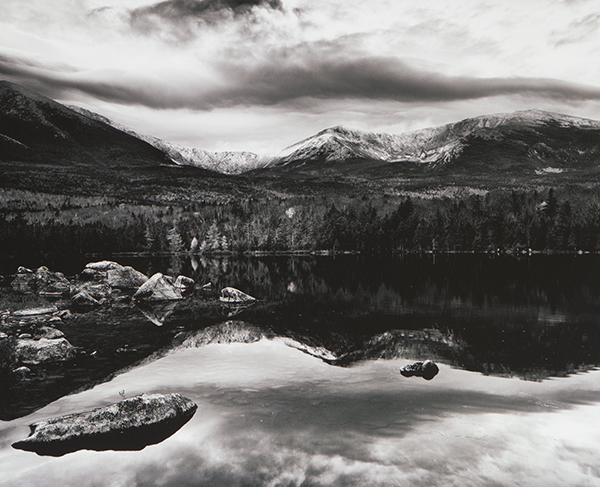
Firstly, I did not experience the same off-angle color casting with this paper as I did with the Photo Rag Satin paper. When Hahnemühle says "Ultra Smooth," they really mean it. This paper is one of the smoothest papers I've ever used. This does mean it's a bit more prone to scuffing, however, so keep that in mind with handling the paper. It's a great paper with saturated colors and dark blacks. It is also a paper that competes directly against one of my favorite papers, Epson Hot Press Bright. At $3.97/sheet for 13 x 19" paper, the Photo Rag Ultra Smooth costs $1.33/sheet more than the Epson Hot Press Bright and I just simply don't see the quality difference to justify the cost difference. Ultimately, the Photo Rag Ultra Smooth paper is very good, but it did not stand out compared to the competition like the other Hahnemühle papers I tested.
FineArt Pearl is an excellent bright white paper with a pearl finish. This glossy fine art paper weighs 285 gsm and has a 105% whiteness rating. As one would expect, this brightness comes with a moderate OBA content. While fairly heavy, this paper is 0.4mm thick, so it remains quite rigid but is also easy to work with.


The print quality on FineArt Pearl is superb for essentially any photographic purpose. It is bright and vibrant, yet produces very deep blacks. The subtle texture on the surface gives it an additional appearance of sharpness and depth. While not very glossy (which I think is a good thing), this paper does seem to have some lack of gloss uniformity, particularly in dark areas of the image. Gloss is mostly consistent, however, and this paper is very good. Of the six Hahnemühle papers that I tested, FineArt Pearl is the brightest and whitest paper.
Slightly less bright and white, FineArt Baryta Satin is a 300 gsm alpha-Cellulose white satin paper. Its whiteness comes in at 92% compared to the 105% of the FineArt Pearl paper. At 0.37mm thick, the Baryta Satin is also the thinnest paper I tested. This paper has no OBA content.
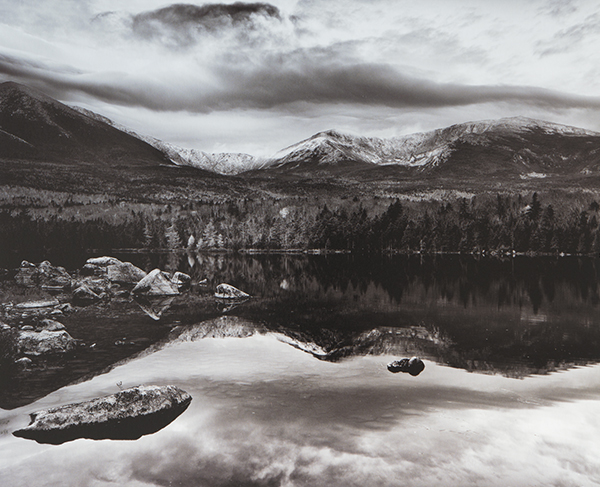

When comparing the FineArt Baryta Satin paper to the FineArt Pearl paper, they both produce nearly identical colors and black levels, which is to say that the Baryta Satin paper is very good. The biggest difference is the whiteness of the paper. When looking at the two side-by-side, the Baryta Satin paper is quite a bit warmer. I wouldn't go so far as to say that it's more "natural" than "white," but it is a very different tone compared to the FineArt Pearl, likely due to the lack of optical brightener additives. For me, I think that there's a place for both of these papers. The Baryta Satin paper has less of a textured finish and is much warmer (and slightly darker) when compared to the Pearl paper, which could make the Baryta Satin paper better-suited for specific images. They're both capable of being your go-to paper, it just depends on your personal preferences.
As is always the case with printing, the paper you select comes down to personal preference. All six of the Hahnemühle papers that I tested are very good papers that can all serve a wide number of purposes. They're all thick, archival fine art papers that feel significant in your hands and produce excellent prints. For me as a landscape and nature photographer, if I had to pick only one matte paper and one glossy paper, I would select the Museum Etching and FineArt Pearl papers. With that said, I'd happily use any of them.
Hahnemühle Paper
If you would like to support our site and purchase Hahnemühle paper through one of our trusted affiliates, see the links below:
Adorama
B&H
(Note: All images of prints in this review were captured using a Nikon D800e and Nikon 60mm f/2.8G macro lens. RAW files were converted using default settings in Adobe Camera RAW and no other sharpening or adjustments have been made. Automatic white balance was used. Further, +0.7 exposure compensation was used to achieve the approximate appearance of the print in natural daylight.)